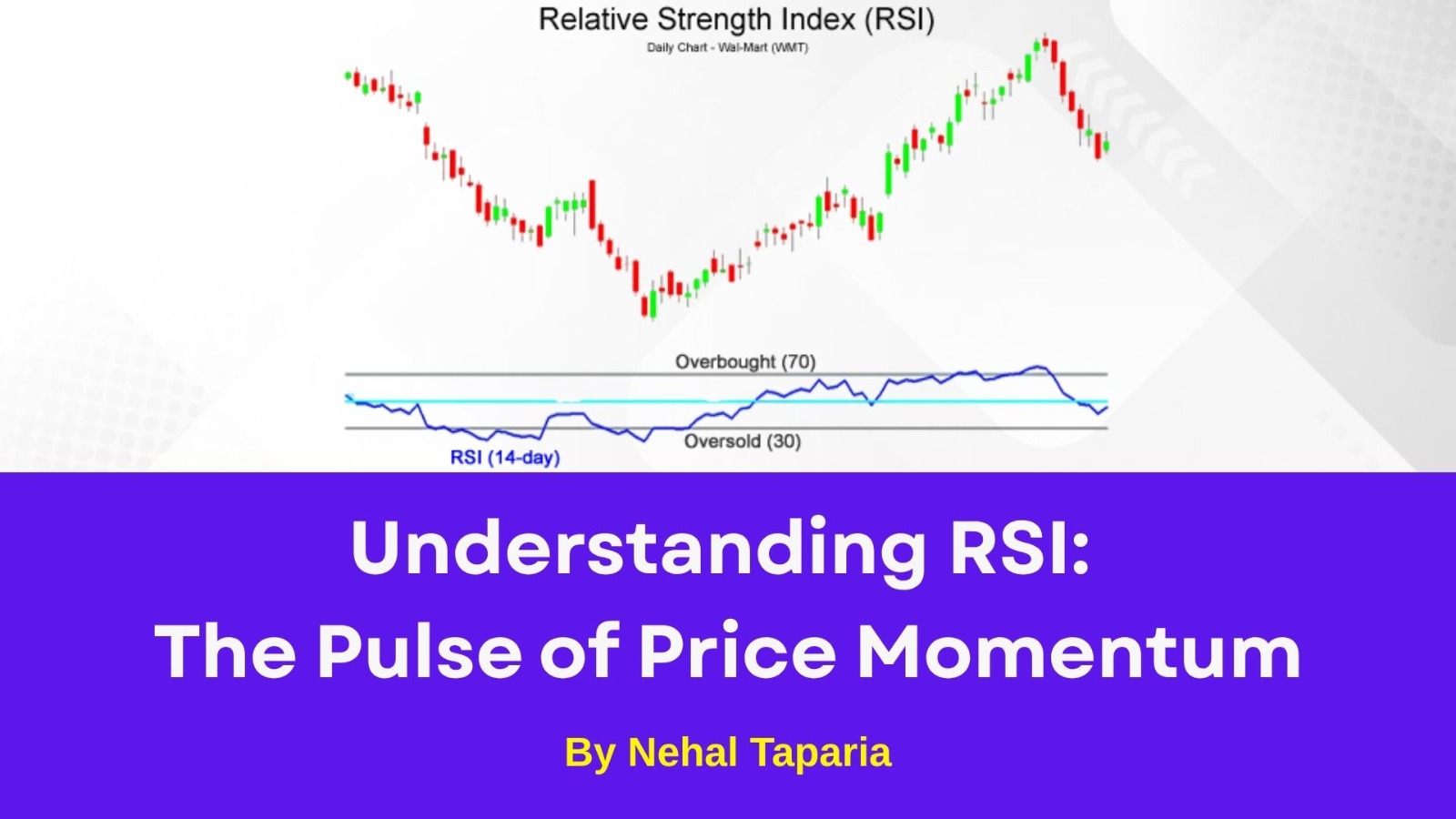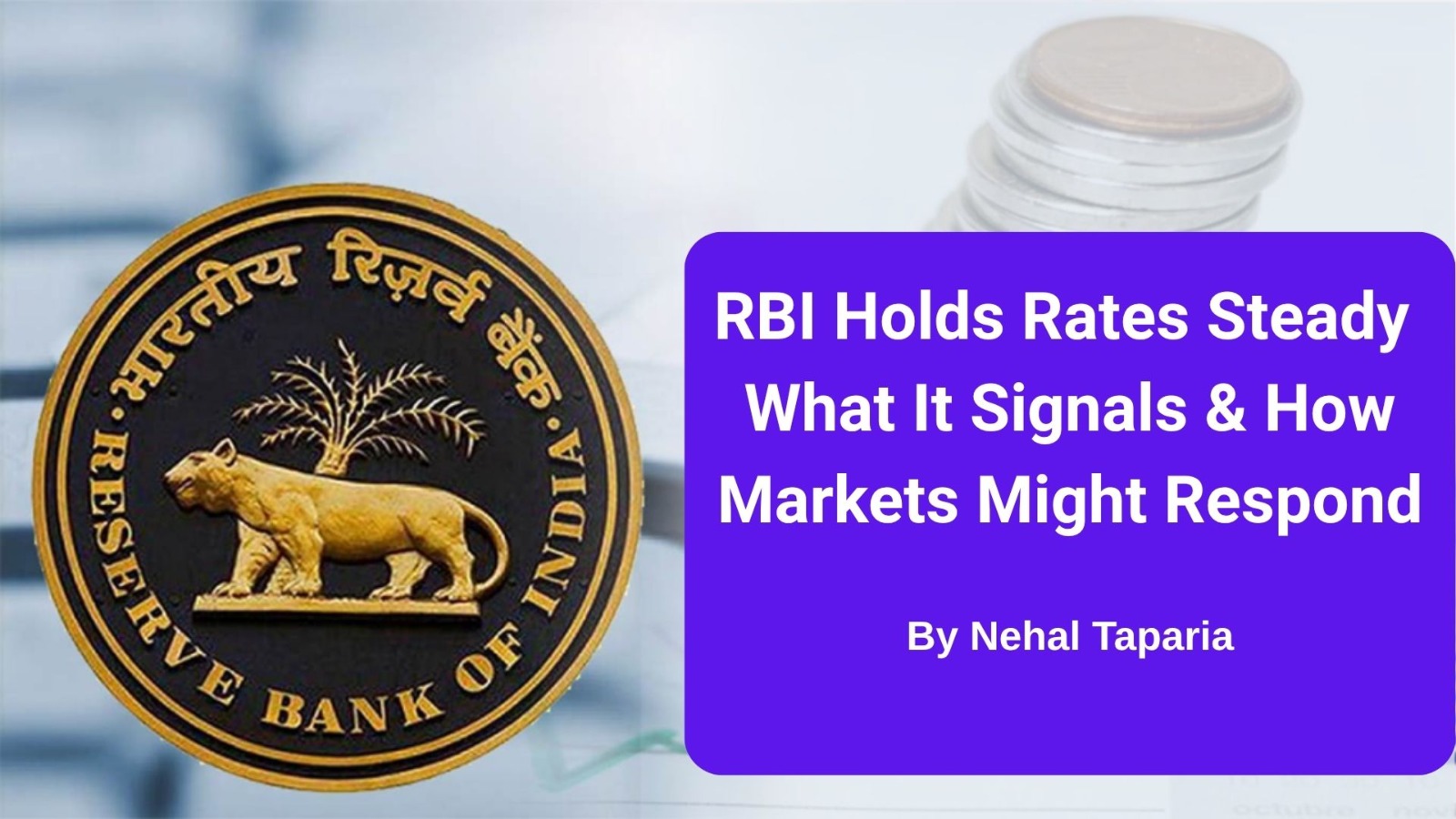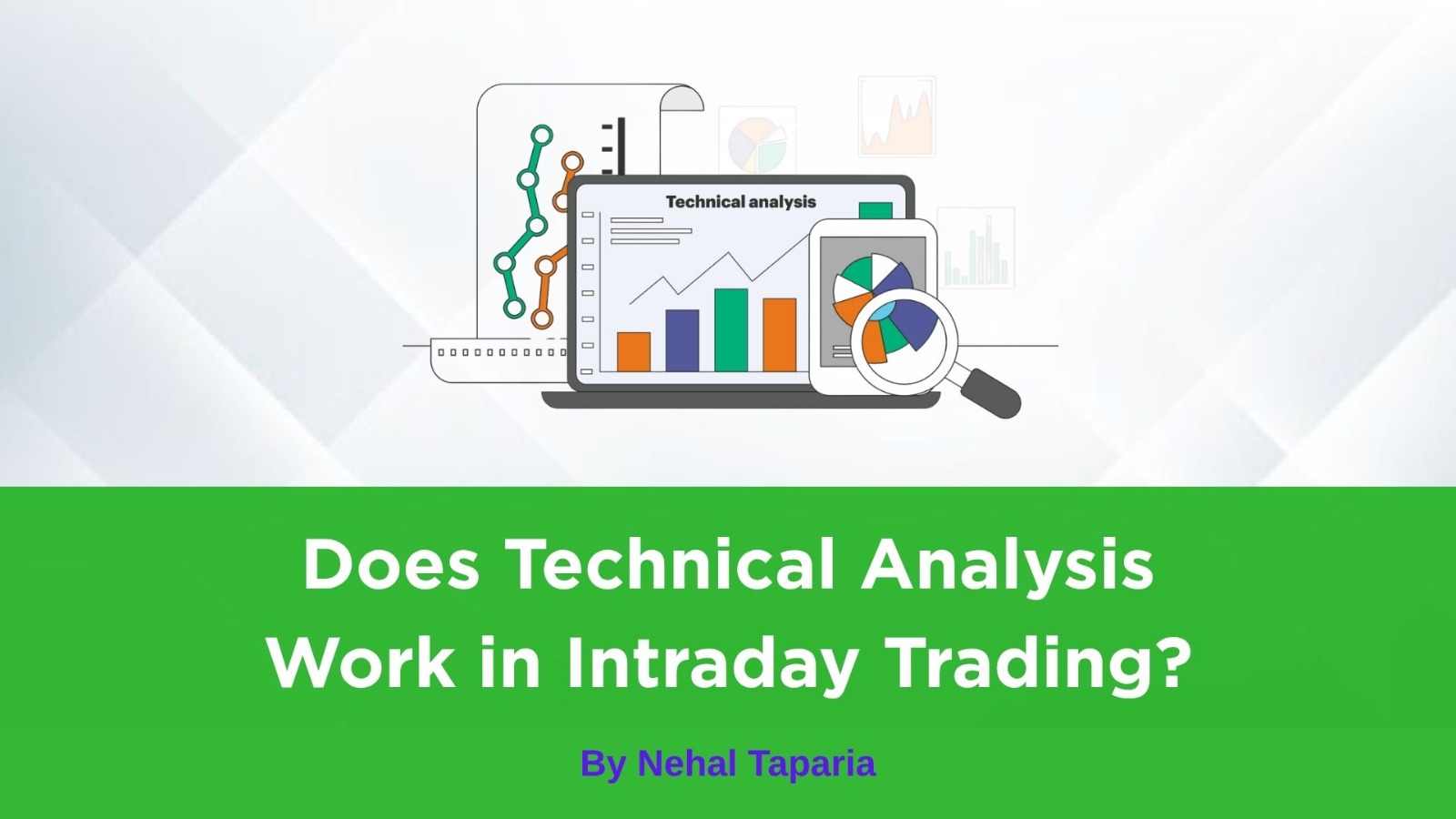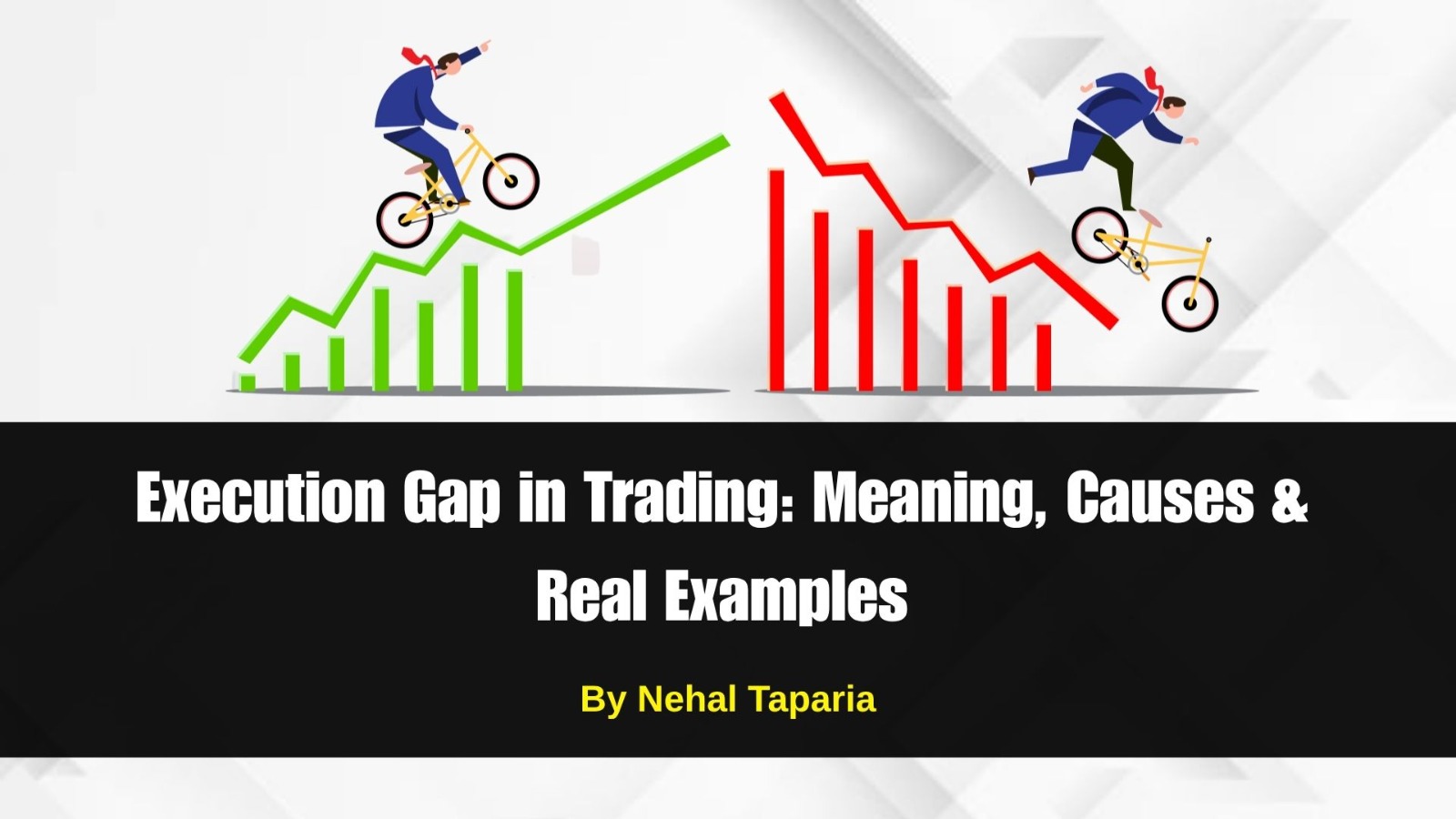How Indian Markets Could Behave on 13 October 2025: A Geopolitical Outlook
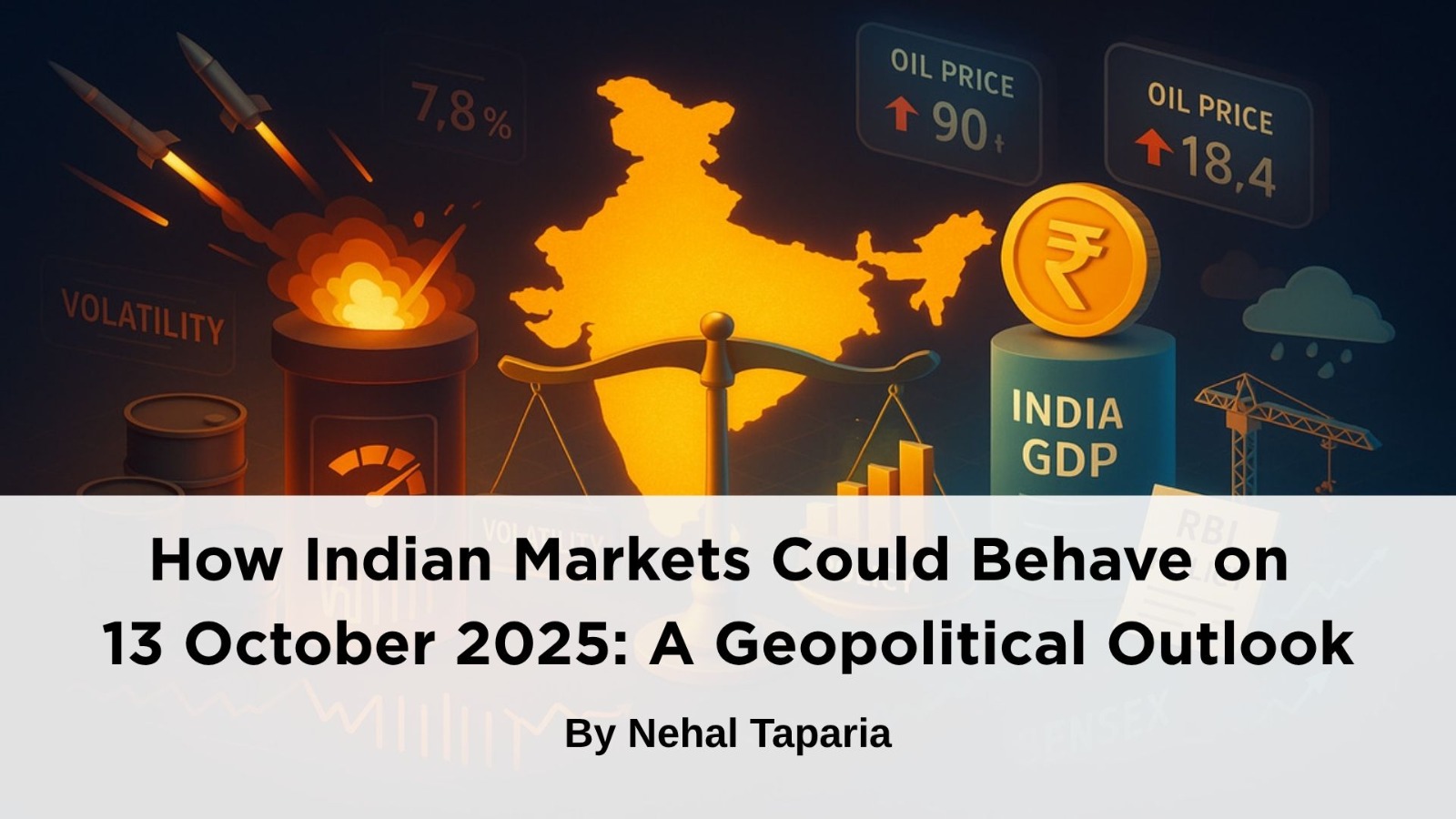
How Indian Markets Could Behave on 13 October 2025: A Geopolitical Outlook
1. Current Geopolitical Risk Landscape (Context)
To set the stage:
- Afghanistan–Pakistan border clashes have intensified lately, with Pakistan closing major border crossings after exchanges of fire.
- US–China tensions have escalated: Trump has announced a 100% tariff on Chinese goods as a response to China’s export restrictions, raising fears of a broader trade war.
- India is navigating a delicate balance: upgrading diplomatic ties with Afghanistan (reopening embassy in Kabul) even as it remains cautious about China’s influence in South Asia.
- On the domestic front, foreign portfolio investor (FPI) outflows had been a concern, though inflows have shown signs of cooling their selling pressure recently.
Thus, markets are under heightened geopolitical uncertainty globally and regionally.
2. Possible Market Behavior on 13 Oct 2025: Scenario & Drivers
Here’s how markets may move, and why:
|
Factor |
Likely Impact |
Potential Market Behavior |
|
Global risk-off sentiment (due to trade war & geopolitical flareups)** |
Increased caution; capital may flow to safe havens (gold, bonds) |
Indian indices may open weak, struggle to sustain rallies |
|
FPI flows |
If foreign investors sell into volatility, pressure on markets. If they see India as “relative safe haven,” some buying |
Sharp intraday swings; possibly negative bias in midcap / smallcap segments |
|
Export / trade impact |
India may suffer via global slowdown, tariff retaliation — especially in sectors heavily exposed to China / US |
Weakness in IT, engineering, export‐oriented names |
|
Domestic stability / policy buffer |
Indian macro (GDP, institutional strength) may act as support |
Markets may hold support zones rather than collapse outright |
|
Sectoral rotation |
Defensive, consumption, telecom, pharma may outperform; cyclical and discretionary may lag |
A mixed market — some pockets of strength, many under pressure |
So, a plausible scenario:
- Opening weak / negative bias (−0.5% to −1.5%) as global cues weigh
- Mid-session, partial recovery possible if domestic news / flows stabilize
- Closing perhaps slightly down or flat, with volatility throughout
- Key support zones (say Nifty’s recent lows) will be tested
- In general, rotation into defensives / low‐beta names
3. Key Indicators & Triggers to Watch on That Day
- FPI / foreign outflow data
- Global cues (US indices, China markets, commodity prices)
- Currency (INR vs USD) — sharp depreciation can pressure markets
- Bond yields / interest rate moves
- News out of Islamabad / Kabul, or new diplomatic statements
- Reactions to Trump’s policies or Chinese retaliations
- Sectoral performance (IT, exports vs FMCG, pharma)
4. Sample Trade Ideas / Positioning (With Risk Controls)
- Hedge / reduce exposure: lighten aggressive large‐bet positions ahead of open
- Defensive exposure: shift into names like FMCG, pharma, utilities
- Use derivatives: long puts on index, or protective collars
- Scalp trades: intra‐day selling on rips, buying in dips within defined ranges
- Watch out for reversals: extreme oversold levels may invite sharp bounces
Bottom Line
Given the present geopolitical climate and trade tensions, 13 October 2025 is likely to see volatile and cautious trading in Indian markets. While downside pressure is probable, a full meltdown is less likely unless new major escalations erupt. Savvy traders will watch global cues, FPI flows, and intra‐day reversals.
By Nehal Taparia
This content is for educational and knowledge purposes only and should not be considered as investment or Trading advice. Please consult a certified financial advisor before making any investment or Trading decisions.
Our Recent FAQS
Frequently Asked Question &
Answers Here
Q1: Can local factors override global / geopolitical stress?
Yes. Strong corporate earnings, policy support, or central bank comfort can counterbalance negative global moods.
Q2: Is a severe crash likely?
Less likely, unless multiple shocks align (e.g. war escalation, capital flight, credit crunch). More probable is a sharp volatile day with swings both ways.
Q3: Which sectors are most vulnerable?
Export‐oriented sectors (IT, engineering, electronics), commodity‐linked, shipping, ports. Also, highly leveraged firms. Defensive sectors (FMCG, pharma, consumer staples) may offer relative safety.
Q4: Could this geopolitical tension benefit some stocks?
Yes — defense, aerospace, security, border infrastructure, some metal / raw material names might get interest if risk premium rises.
Q5: How should a retail trader prepare?
1. Define clear stop losses.
2. Keep position sizes moderate.
3. Use options for hedging.
4. Be ready to trade intraday (volatile swings).
5. Monitor news flow minute by minute.
Copyright © By Empirical F&M Academy. Design & Developed by Techno Duniya

.jpeg)
.jpeg)
.jpeg)

.jpeg)
